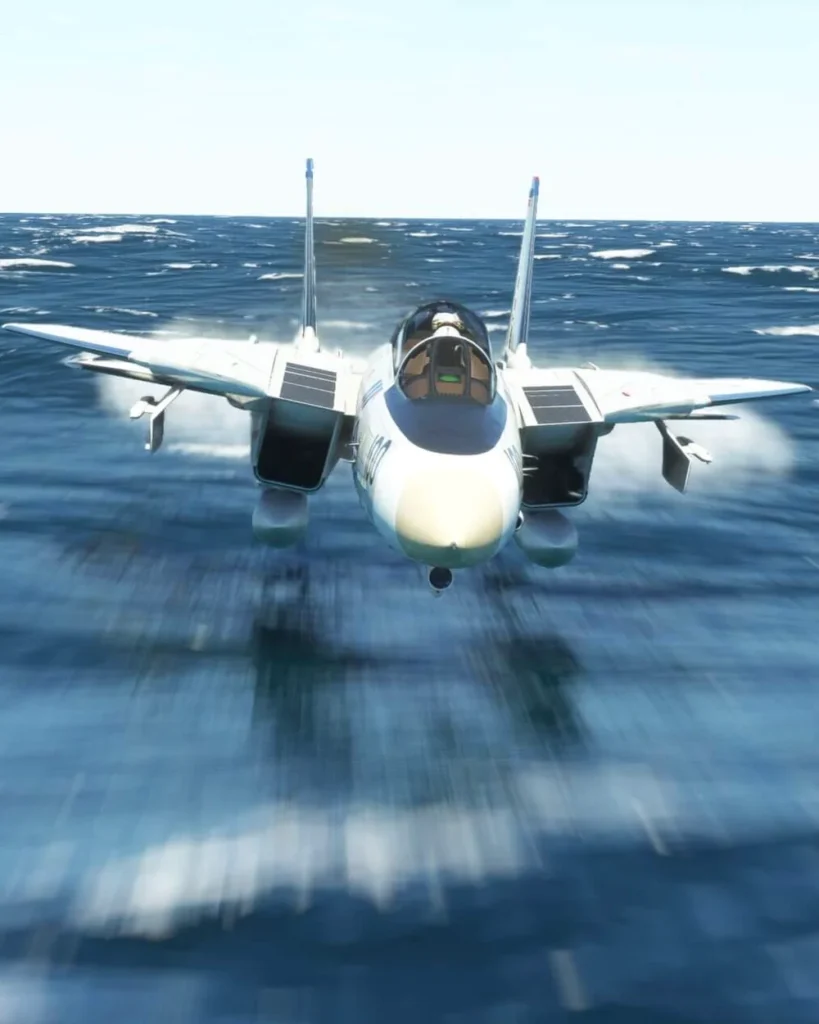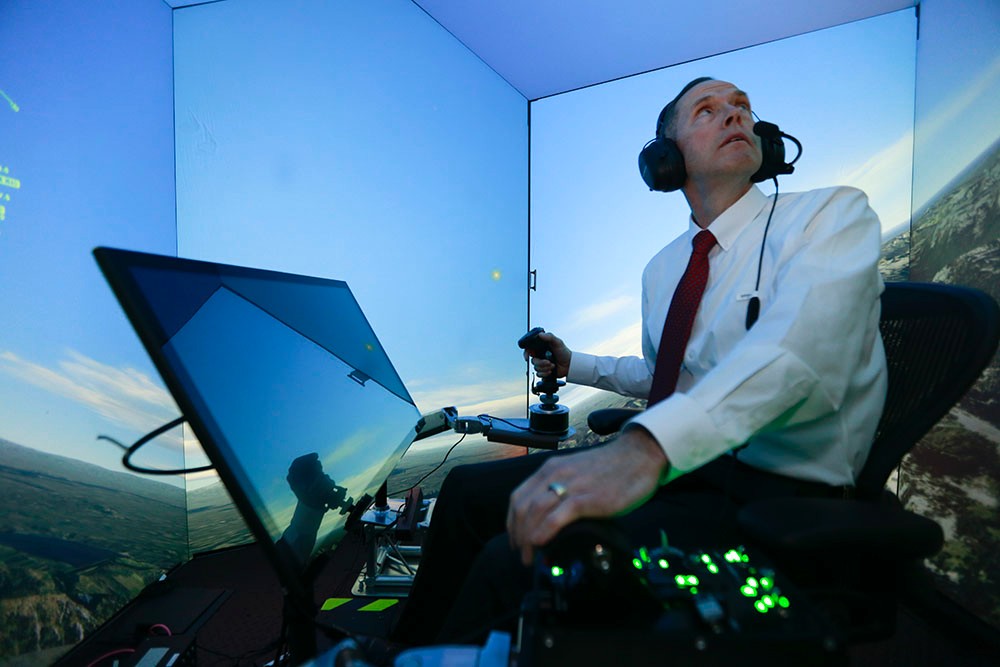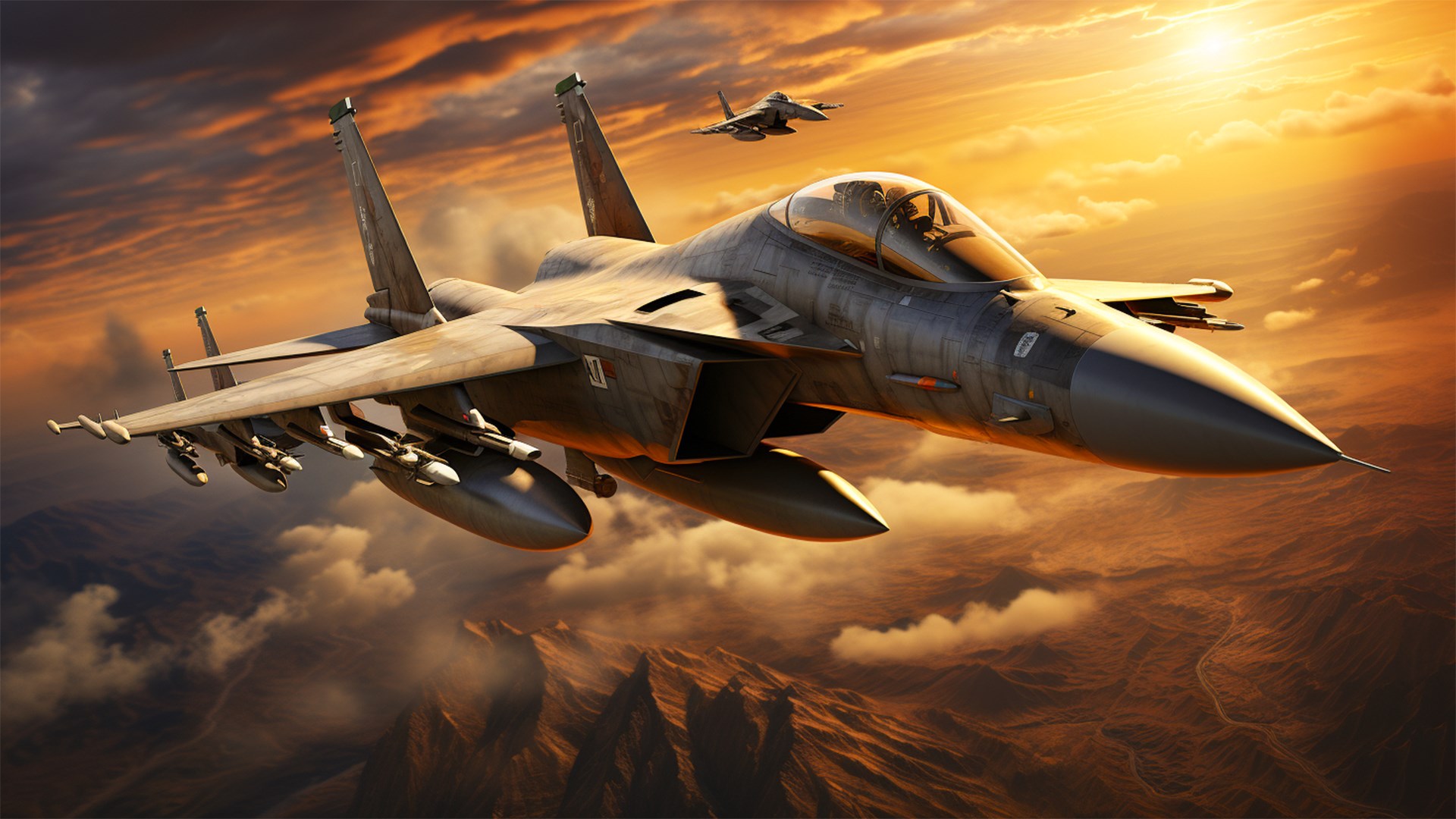Air Combat: From Arcade to Realism – A Journey Through Gaming History
Air combat games have been a staple of gaming since the early days of arcade machines. From simple pixelated shooters to complex simulations, the genre has evolved significantly over the years, offering players increasingly immersive and realistic experiences. In this article, we’ll take a journey through the history of air combat games, exploring how they have evolved from arcade thrills to sophisticated simulations.

The Rise of Arcade Air Combat
The roots of air combat gaming can be traced back to the arcade era of the 1970s and 1980s. Games like “Space Invaders” and “Galaga” introduced players to the thrill of aerial combat, pitting them against waves of enemy spacecraft in fast-paced, adrenaline-fueled battles. These early games prioritized simplicity and accessibility, offering intuitive controls and addictive gameplay that kept players coming back for more.
The Golden Age of Flight Sims
In the late 1980s and early 1990s, advances in computing technology paved the way for a new era of air combat gaming. Titles like “Ace Combat” and “Tom Clancy’s H.A.W.X.” combined arcade-style action with more realistic flight mechanics, offering players a taste of the intensity and excitement of real aerial combat. These games introduced features like dynamic mission objectives, customizable aircraft loadouts, and detailed environments, enhancing the immersion and depth of the experience.
The Emergence of Realistic Simulations
As computing power continued to increase, developers began to push the boundaries of realism in air combat gaming. Games like “IL-2 Sturmovik” and “Digital Combat Simulator (DCS)” set new standards for authenticity, offering players the most realistic flight models and physics simulations yet. These simulations catered to hardcore enthusiasts and aspiring pilots, providing a level of depth and complexity unmatched by any other genre.

Accessibility vs. Realism
With the rise of realistic simulations, developers faced a challenge: how to balance realism with accessibility. While hardcore enthusiasts craved the most authentic experience possible, more casual players often found the steep learning curve and complex controls daunting. In response, developers began to explore ways to make simulations more accessible, offering tutorials, simplified controls, and customizable difficulty settings to cater to a broader audience.
Read also about: Exploring Open-World Flying Games.
The Future of Air Combat
Looking ahead, the future of air combat gaming is filled with possibilities. Advances in virtual reality technology promise to take immersion to new heights, allowing players to step into the cockpit and experience aerial combat like never before. Meanwhile, developments in artificial intelligence and procedural generation could revolutionize the way air combat games are designed and experienced, creating endless opportunities for exploration and discovery.
Conclusion
From the arcade thrills of the past to the immersive simulations of today, the evolution of air combat gaming has been a remarkable journey. As technology continues to evolve and developers push the boundaries of what’s possible, the future of the genre promises to be filled with excitement, innovation, and endless possibilities for players to explore.



